Five Kilometers Under Sixty Minutes.
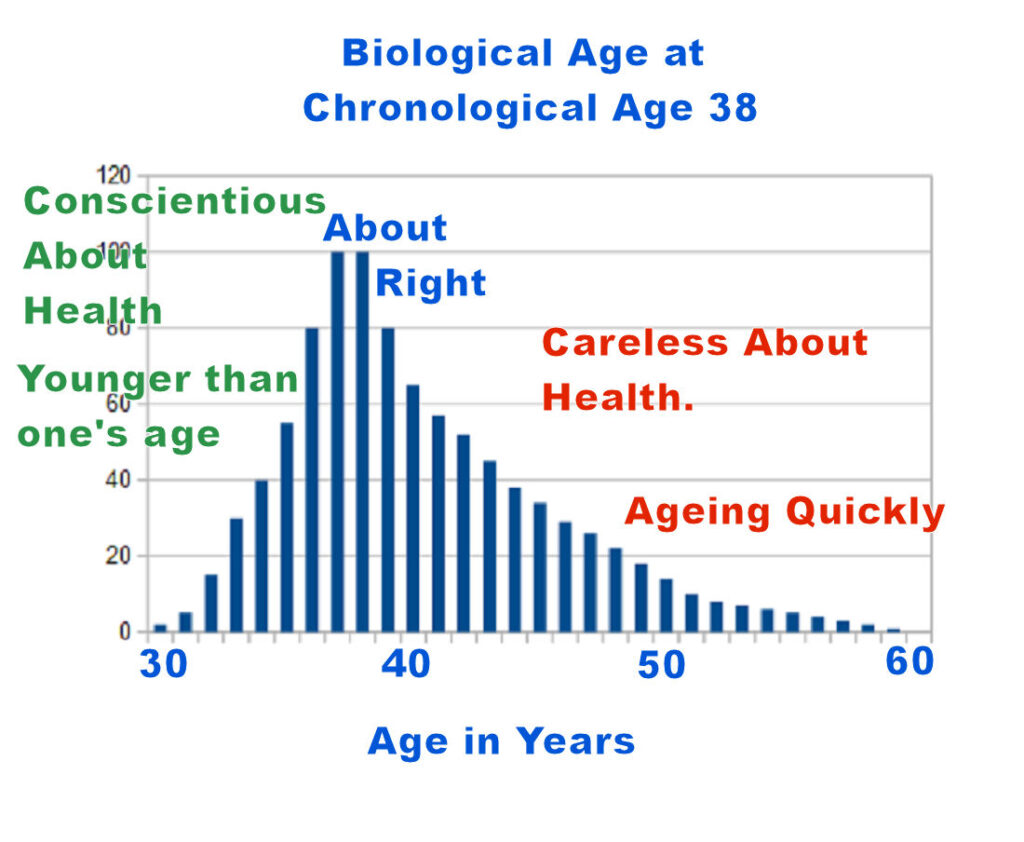
To walk five kilometres in sixty minutes is a worthwhile and achievable goal for almost everyone. But if that seems a long way off today, the important thing is to START, working towards that objective. The graph above from the Dunedin Study shows that at age 38, people tended to be older than their biological age. It’s also true that with a focus on regular exercise almost everyone, probably everyone, can move their own ability to do things, so that you are stronger, faster, and more flexible. You can be healthier and more confident.
Brian in the picture below started to get serious about exercise in his 70’s. It’s never too late, but if you don’t START, you will never discover what you are capable of doing. But that’s a choice only you can make.
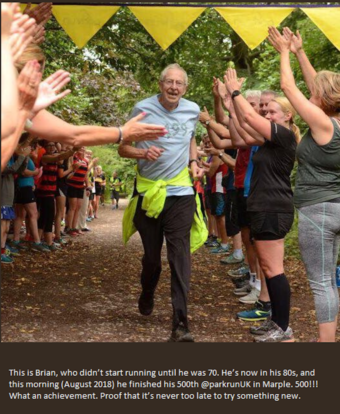
If we are going to get serious about getting fitter, as well as using the Tabata Timer, and getting your weight under control (In the kitchen, NOT by exercise.). You need to be able to measure the distance you are walking or running, so you can record your progress. That might begin by marking 100 metres on the footpath close to your home. I started by marking 300 metres, so I could measure the 6 minute walk, three minutes each way. I now have 800 metres marked and I’m tempted to make it one kilometer. Experienced, and fit people don’t need this tool, because for them running 5km or 10km or a half marathon is relatively easy. But if you are a beginner running 100 metres is an achievement.
These are the tools you need to mark a footpath. Missing are a screwdriver or peg to hold the end of the tape in place, and some chalk to mark where you intend to paint.
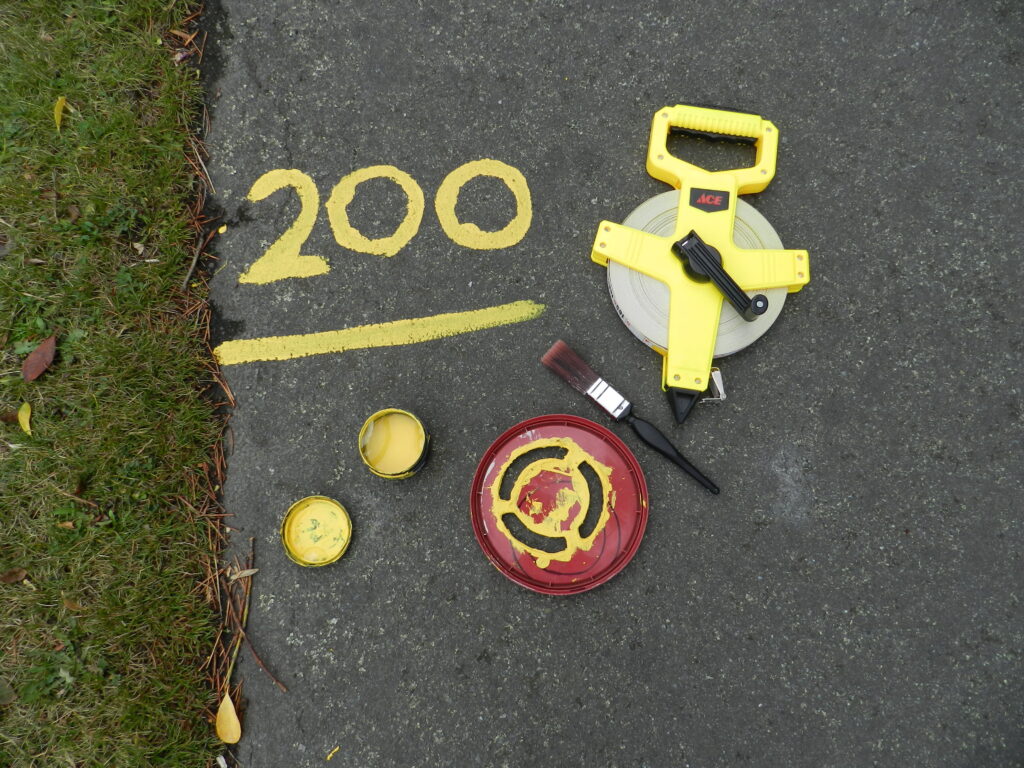
Pictured are a 50 metre tape measure. (I began with a 20 metre tape, which is fine if you only want to mark 100 metres.) A paint brush, and a test pot of paint. The red plastic lid has been cut as a template for painting a zero on the ground. The other numbers can be done freehand.
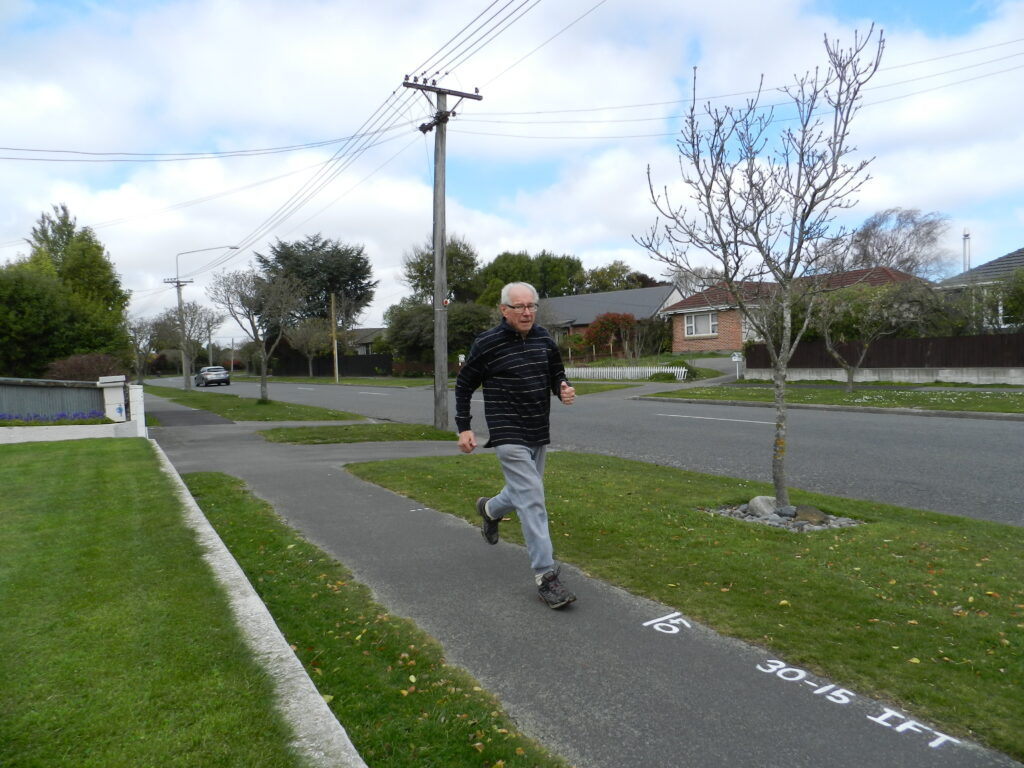
So now you have three tools to control your progress. The health diary, the Tabata Timer, and the measured pathway. Even if you have had a heart attack like me, or if you’ve never exercised for years, you can begin with whatever capability you have, record what you can do, and over time develop the ability to do more and more.
To begin the first target is to walk 600 metres in six minutes. You should begin by walking fast and walking easy, using Tabata to control your effort. Ignore speed in the beginning. Adjust Tabata to what you can do, and slowly increase the total time walking, until you can walk for 30 minutes.
Then you might like to test your speed. Can you walk 50 metres in 30 seconds, and 100 metres in a minute? If so, you are well on the way to walking five kilometres in less than 60 minutes. Ideally you should try to walk every day, but mostly only walk for 20 to 30 minutes. Sometimes walk even less than that but try to do walking sprints. ONCE a week, do a long slow walk, perhaps including a hill, and extending the time to an hour or more, but you don’t need to do more than an hour and a half.
By now you will know that you can walk fairly fast, and you can walk for a long time if you take your time. At home, you might like to see if you can walk, five kilometers in close to one hour. If you can, where is the nearest parkrun?
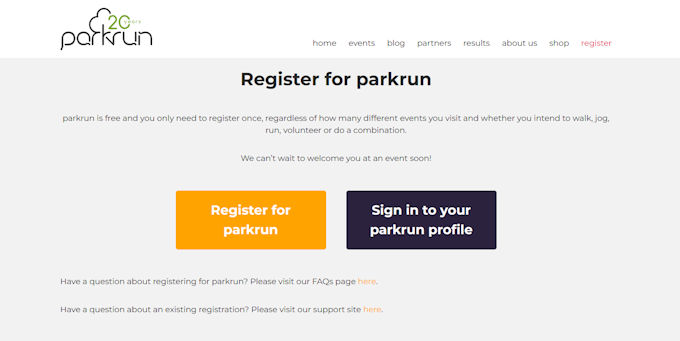
Search for your nearest parkrun event on your browser and register yourself. You will get a personal barcode that you can print and carry with you as you walk your first parkrun. Parkruns a FREE, and you need not be afraid that you will be the last to finish, there are always tail end officials who walk with the newbies who are not yet Park Run fit.
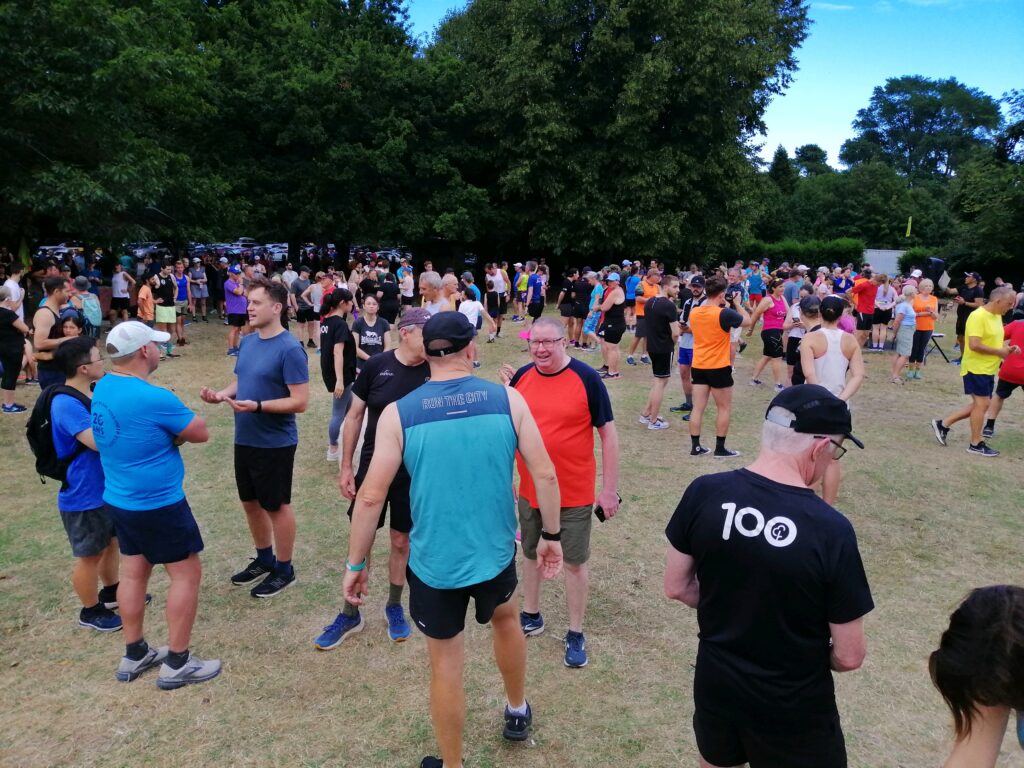
YOU, can WALK a parkrun in less than 60 minutes. If you’ve not been very fit in the past, that is a real achievement, and you will feel much more confident about yourself. Once over that first hurdle, I’m sure you can already imagine how you might begin to run part of the way. Once again, use Tabata to control when to run and when to walk. Extend your ability slowly.
I’m currently trying to run/walk 5 kilometers is less than 40 minutes, being sure to keep my effort controlled, because I do have problems with the arteries that take blood to my heart. My Tabata is set to 90 seconds jogging, and 30 seconds walking, during the parkrun. But once a week in training I only run about 2 kilometers, jogging for 2 minutes, and walking 30 seconds. On the other days, I go to the gym, or cycle, and/or go dancing. I do something every day.
I’ve only run TEN Park Runs, so I’m not yet parkrun fit. I think I’m on a plateau where the improvement is in a reduced heart rate for the same effort, and where I recover quicker from effort. What’s happening in the background, slowly, is that my ability to pump air through my lungs, and to pump blood through my legs and arms is improving. Once I get through this plateau stage, I’ll quickly develop the ability to run all 5km without stopping. That might take another couple of months. There’s no hurry.
